For our blog post number 100 (!!), we will in this week’s blog post we will continue looking at news for Simcenter STAR-CCM+ version 2022.1, released now, just over two weeks ago. Where we last week focused on updates related to multiphase simulation, I will take a wider clasp on topics today.
The two Volupe blog posts on version news does not cover all updates associated with the latest version, and for that reason I again wish to highlight the news section of the documentation. It is available with the installation of the relevant version.
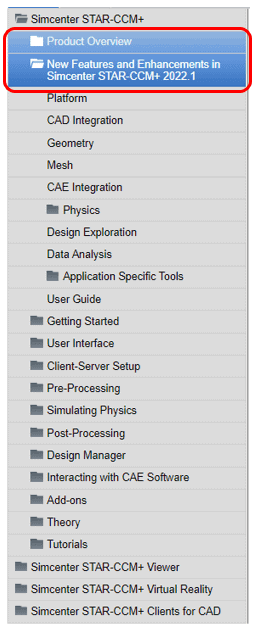
But let’s jump into the news that we at Volupe wish to highlight and that we believe that our customers can benefit from.
Simulation templates
As of the latest version it is now possible to save your simulation is a .simt-file format. This is the new template file format. Templates has been around for Simcenter STAR-CCM+ for along time (E.g., HPW) and the concept of templating is not new. What is new is the protected format of .simt. A lot of effort has during the last years been put into the automation workflow and this is another step towards a streamlined workflow. The different between .sim file and .simt-file is that the template file cannot be overwritten, and hence protects the template. From the template file you can create a simulation file to work with, and that file will contain all the automation steps taken in the template file.
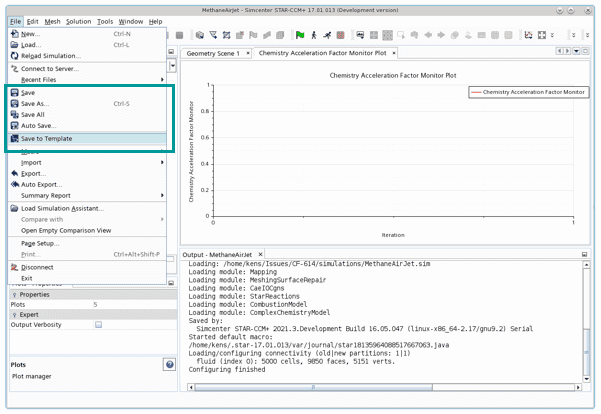
Quasi-Newton method for Abaqus co-simulation
Your co-simulation cases with Abaqus can now benefit from quadratic, rather than linear convergence, by the enablement of Quasi-Newton approach.
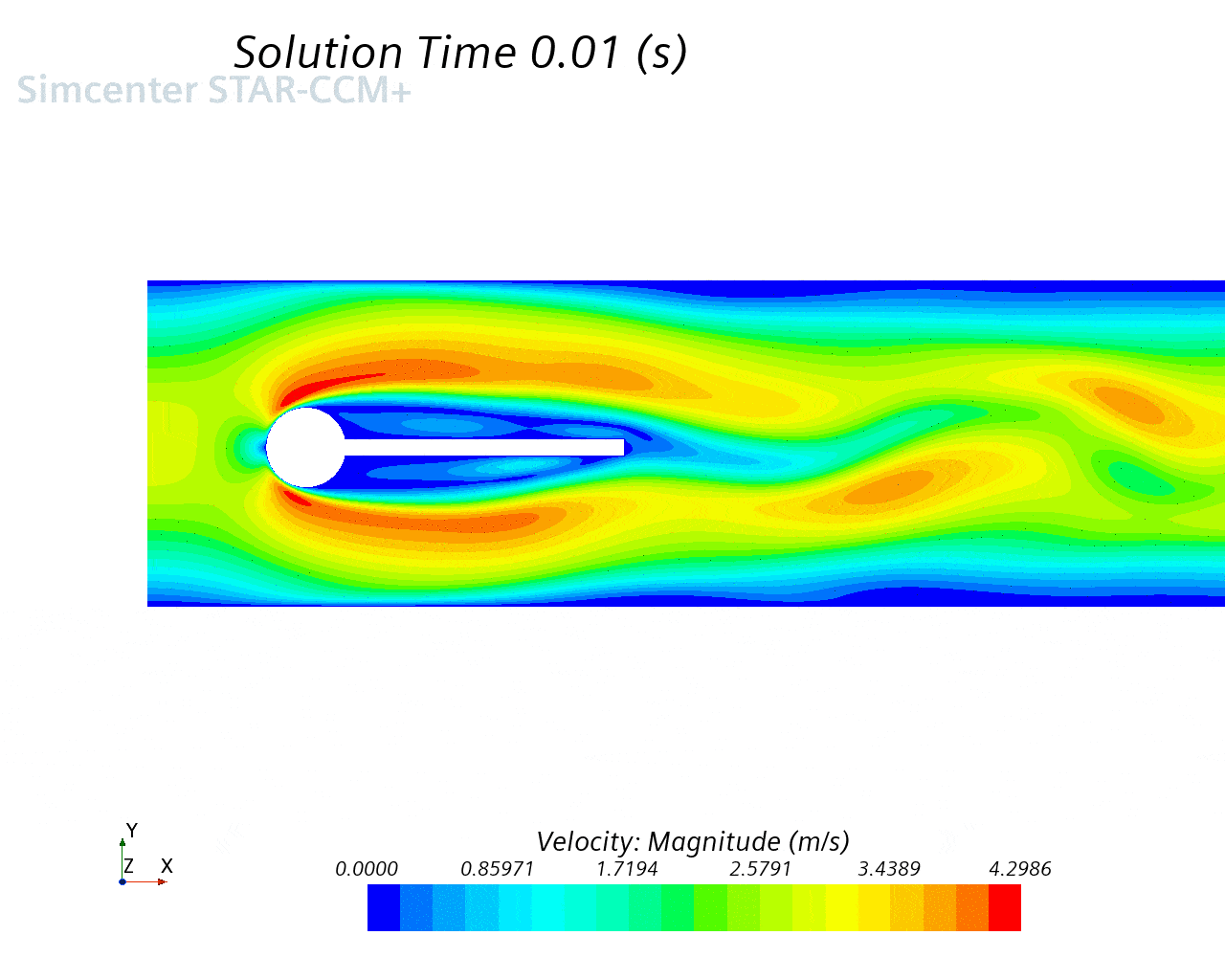
Both speed and robustness are affected by this change, and in some cases this is the only method to reach convergence. The below graph shows the speedup this method can enable is some typical (and academic) cases.

Improved interface intersector accuracy
A new option for topology-based interfaces called Close adjacent cells is now available. This helps dealing with discretization errors that tend to happen at sliding interfaces, where transient gaps and overlaps occur between interface faces and side faces. This type of error can lead to spurious oscillation for pressure noises, an important factor in aeroacoustics simulations.
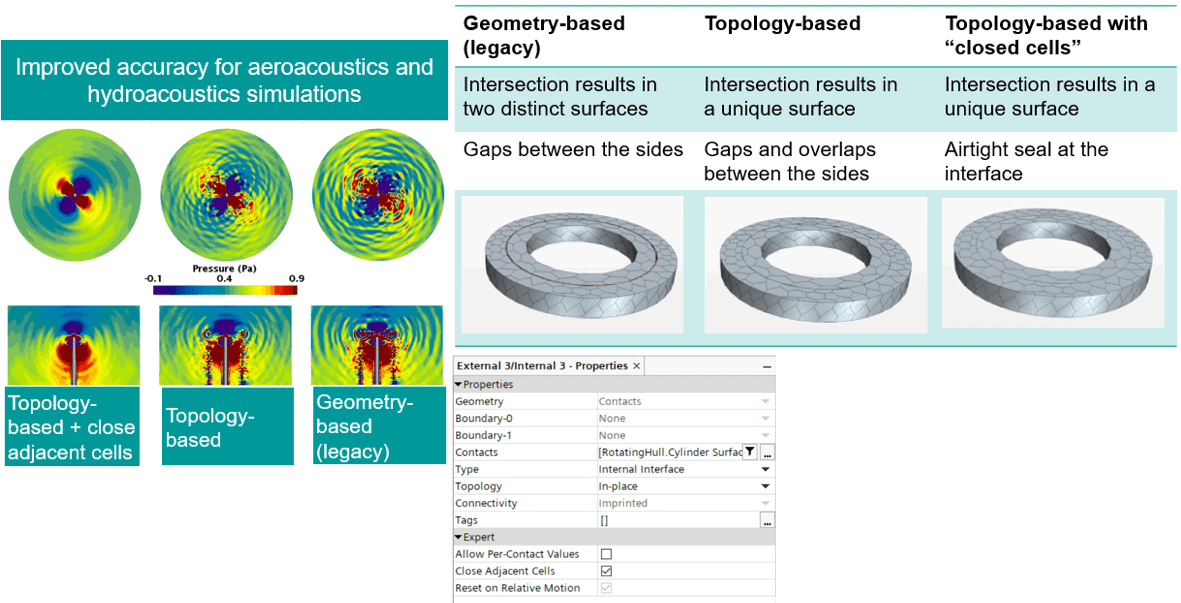
GPU-acceleration
The first steps have been taken towards using GPU acceleration for your Simcenter STAR-CCM+ simulation. So far you can run GPU acceleration with the segregated solver, using most turbulence models, but only for constant density at this point. So, for now it is mainly external aerodynamic simulations that will benefit from this capability, but more models will be included in the future and the capabilities will grow.

Perturbed Convective Wave model
This new aeroacoustics model improves the ease of use and reduces the opportunity for errors. The need to define noise source regions is gone. There is also an improvement of accuracy at high frequencies. Compared to the Lighthill Wave model this model has a severely reduced mesh dependency, a reduced dependency of the solver settings. It also introduces compatibility with rotation, RBM.
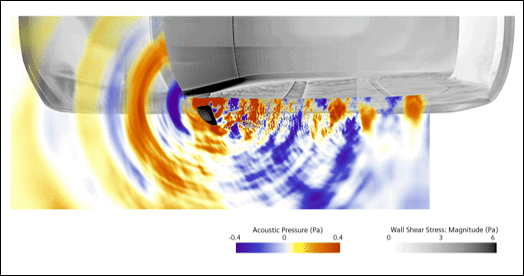
Solid Mechanics
In solid mechanic there are a couple of news that are worth highlighting.
Contact with tessellated geometry parts
Contact with Tessellated Geometry Parts enables FSI applications in which the structural model may contact rigid parts, and is a big step forward on the contact roadmap. The image shows an automotive camera nozzle. Such nozzles clean the camera lense by spraying a liquid onto it. The camera nozzle assembly consists of three parts, the nozzle (dark grey), the connector (light grey) and a rubber sleeve (turquoise). The rubber sleeve seals the assembly, and at the same time serves as a check valve for the cleaning liquid.
Non-linear normal modes
The Normal Modes model is becoming non-linear which makes it possible to account for the effect that loads and constraints may have on the natural frequency and mode shapes of a model. For example, it is now possible to account for a stress stiffening effect. Stress stiffening is well known from a guitar string. The higher the tension (stress) the higher the tone (natural frequency).
Honourable mentions
This section contained the news worth mentioning or news that are relevant, but perhaps only to a selected few. Also, the good-to-have over the need-to-have are resented here.
A change to the tree structure, or to the collapse-expand tree nodes is performed. This is consistent between Windows and Linux.
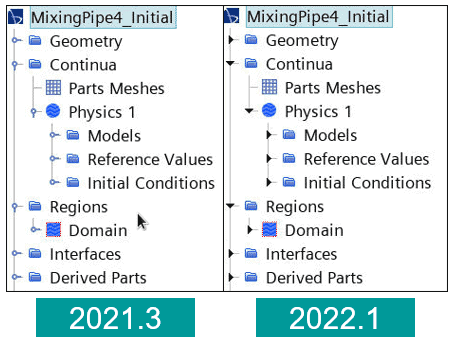
Shortcut keys in 3D-CAD is anew feature that can be utilised to increase productivity for pre-processing. Aside from the hardcoded visibility toolbar option, and Hide/Show from scene, you have up to 10 favourite options to assign to shortcuts yourself.
For surface preparation there are some news worth mentioning. The first one being a review tool for imprints and part contacts. Another update is the inclusion of a HUB-interface (that can deal with T-junctions). This allows you to include shell parts with non-manifold edges. There is also an improvement in the meshing of long narrow patches in the patch remeshing.

For meshing it is now possible to use multi-surface extrusion where the user can select multiple parts that needs to be extruded by different distances, in only one surface/volume extruder using the H-grid option. There will be a more in-depth post on this functionality at a later date.
The automatic remeshing solver is now available with AMR.
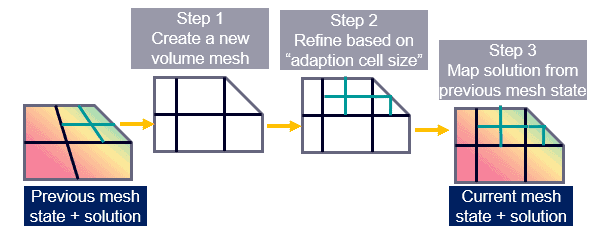
I hope this news are relevant to you. Remember that you have more details in the documentation. As usual, don’t hesitate to reach to support@volupe.com with any question you might have.
Author

Robin Victor
+46731473121
support@volupe.com